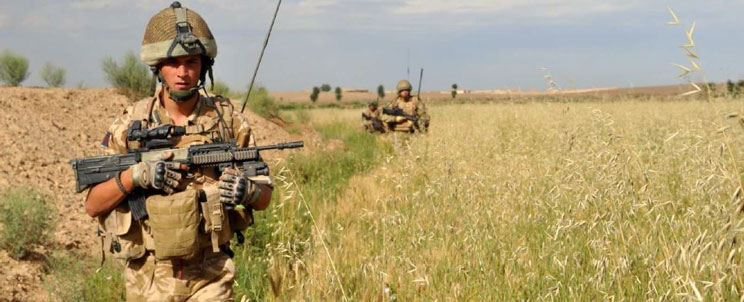ADDRESS
-
Address:
Knight Fire and Security Products Ltd
Unit 84 Seawall Rd Ind Est
Cardiff,
CF24 5TH

General Dynamics provide solutions for military and homeland security applications. One of the challenges they face is to produce prototypes of new ideas to show to potential customers, and this is where M4EMS comes in. In this instance the brief was to create a small hand-held radio system based on a credit card sized computer module with wireless LAN card and GPS receiver. Naturally the manufacturers of such components provide their own development kits for prototyping, but they are generally designed only for lab use. What was needed here was a custom PCB and enclosure so that the prototype would look and feel like the final product. And of course it had to be battery-powered.
M4EMS has worked with computer modules from several manufacturers and is well equipped to design and produce a baseboard on which to mount the computer and radio modules and their supporting circuitry. As the enclosure size had to be kept to a minimum for portability, so the baseboard electronics had to be shrunk down as far as possible.
The enclosure itself was designed such that it could ultimately be manufactured in injection-moulded plastic. However, we had to produce a working prototype in a very short timescale, with intermediate models for customer approval. Firstly the design was made available as a set of rendered 3D images, giving a clear representation on paper of how the finished product would look, with eDrawings also used to show the design on a PC, viewable from any angle.
We were also able to produce a physical model using our 3D printer. This produces an enclosure which you can hold in your hand, and which can be used to mount the electronics. Whilst it doesn't have a clean surface finish, it gives confidence that the design is right before committing to any tooling.
The next stage was to produce an SLA model which has the correct wall thickness and a high definitionsurface finish. This is ideal as a demonstration model as it can be made to look exactly like the finished article.
The final stage was to use the SLA model to produce polyurethane mouldings using a resin casting process. These have the same surface detail and are robust enough to use for field trials and can also be finished to a high standard which is truly representative of a real product, but achieved in a fraction of the time.